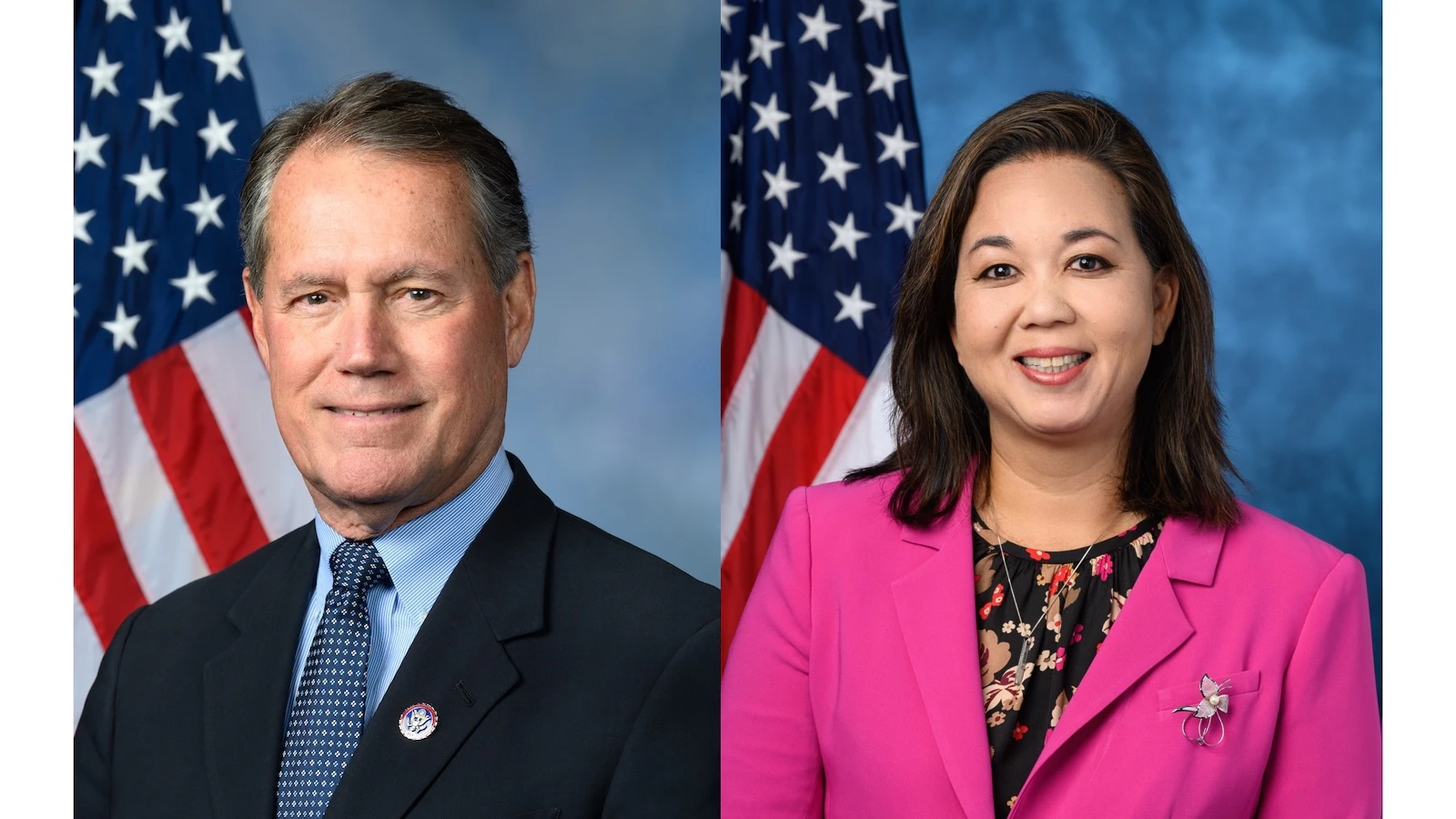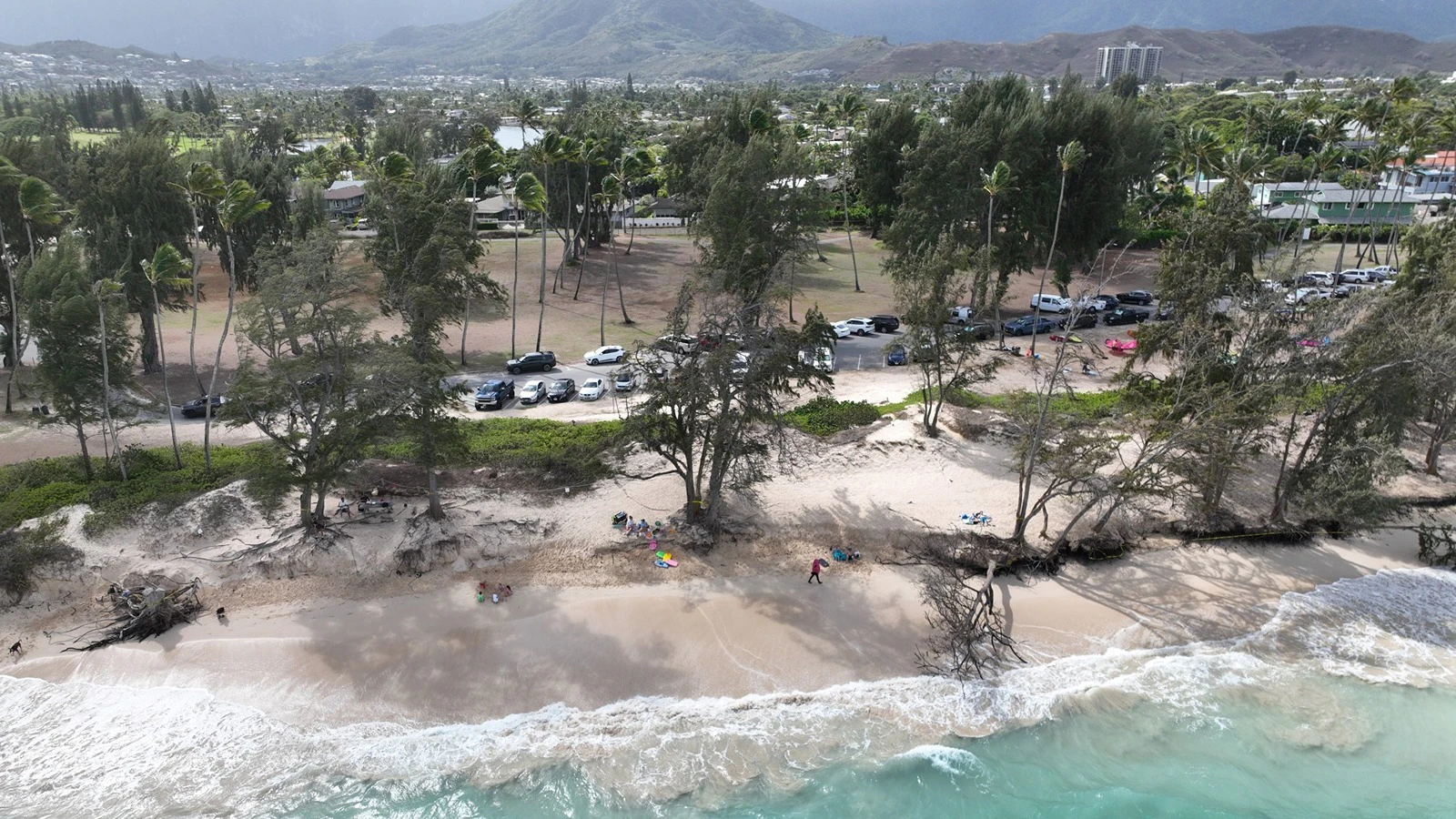State programs aiming to reduce fuel demand are coming soon, according to the Department of Transportation’s decarbonization plan.
The final draft of the Hawai‘i Department of Transportation’s Energy Security and Waste Reduction Plan was published last week, outlining various strategies by the department to cut carbon emissions from the state's transportation industry over the next several years.
The document follows the state’s 2018 mandate to achieve 100% net-negative carbon emissions by 2045 — and a midpoint deadline to cut emissions to 50% of 2005 levels by 2030. It also follows a 2024 legal settlement between the state and 13 youth who sued the department for failing to cut emissions on track with those deadlines.
The final draft is, by and large, the same as an earlier draft published in June, outlining various strategies specific to the ground, marine and air transportation sectors.
Because ground transportation is such a major contributor to the transportation sector’s emissions — generating about 40%, the document claims — and because emission cuts in marine and air transportation are largely dependent upon mass adoption of new fuels not yet widely in use, most of the early strategies in the document revolve around changes to ground transportation.
Based on projections within the document, the first major cuts to emissions will come within the next few years in the form of strategies to reduce fuel demand. In ground transportation circles, those strategies will include expansion of transit networks, developing “employer-based programs” to promote ride-sharing and carpooling, congestion pricing and more.
DOT Director Ed Sniffen told Aloha State Daily that reducing fuel demand will also will entail spending $350 million over the next 10 years into improving the state’s pedestrian and bike networks, identifying gaps in existing routes and closing them so bike users aren’t placed in dangerous situations alongside vehicles.
That specific cost — $350 million, or about $150-200 million over the next five years, Sniffen said — is not made explicit within the document. Rather, it says that future annual updates to the plan will assess potential costs for upcoming strategies.
But even as the plan is vague about costs, Sniffen told ASD that “if we don’t know what the cost is going to be, we can’t commit” to any proposed strategy.
For example, while the plan proposes a program that would provide incentives for drivers to retire internal combustion engine vehicles and replace them with electric vehicles, Sniffen said he doesn’t foresee any state policy that will prevent the sale of fuel-burning vehicles in Hawai‘i.
“We want to provide a choice,” Sniffen said. “We’re not advocating for not allowing [internal combustion engine] vehicles … I can’t envision a Hawai‘i with 1.4 million electric vehicles.”
Instead, Sniffen said, the state will emphasize the use of carbon sinks to offset the emissions of the vehicles that will inevitably still be operating in the state as the deadlines approach. For example, he said DOT will use carbon-injected concrete — which traps carbon dioxide within itself during the mixing process, and can reduce carbon emissions by 25 pounds per cubic yard, according to the department — in future construction projects.
Other possible economic impacts of the plan include a 75% reduction in cruise ship traffic by 2045. But Sniffen said this is contingent on cruise lines following through on their own decarbonization plans.
“There are no cruise implications if the cruise lines change,” Sniffen said, explaining that, as cruise lines move toward their own zero-emissions goals — he said at least one company has set a 2050 deadline — there needn’t be any significant cuts to cruise traffic as long as the cruise lines shift over to clean marine fuels.
Nonetheless, Sniffen said that the proposed cruise reductions in the plan — including a 50% cut to cruise port-of-calls by 2030 — are fluid and could be subject to change pending future annual plan revisions.
Meanwhile, DOT is preparing to pitch new strategies to state lawmakers for the 2026 legislative session. Laura Kaakua, DOT’s energy security and community outreach manager, told ASD that some of those proposals may include a program allowing free public transit for riders up to age 18 and chaperones, expanding incentives for installing EV charging infrastructure and introducing tax credits for the use of “sustainable aviation fuel,” a lower-emission jet fuel gradually gaining traction in the industry.
For the latest news of Hawai‘i, sign up here for our free Daily Edition newsletter.





